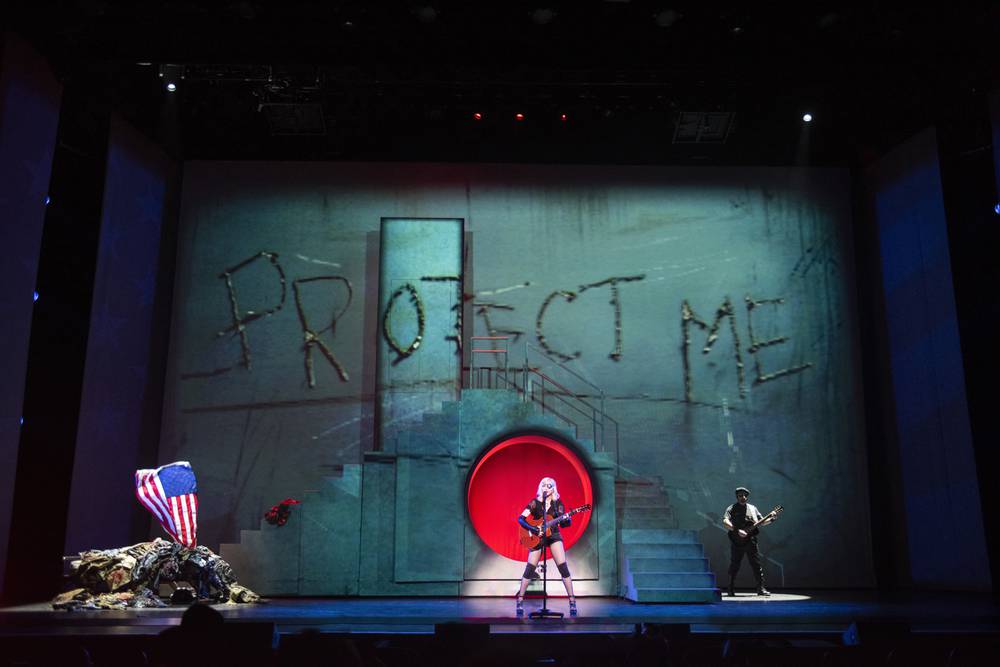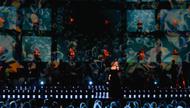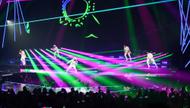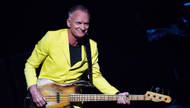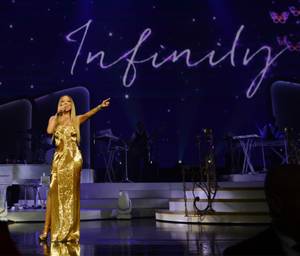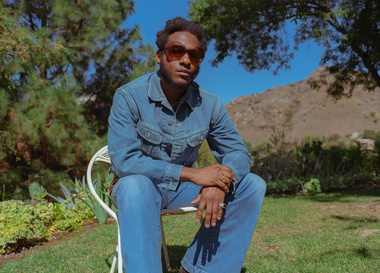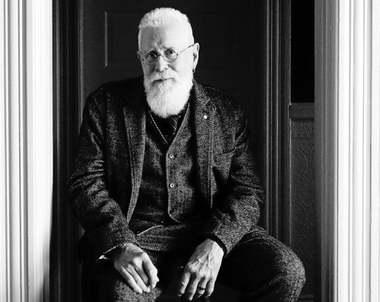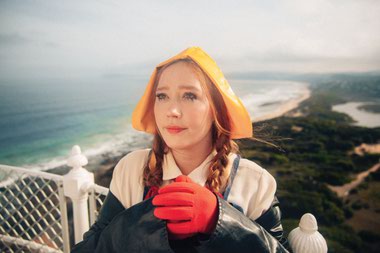1. While a lot of Colosseum concerts seem to be tryouts for longer-term residencies, nothing about Madonna's performance suggested that it would be suited for an extended stay in Vegas. In an approach similar to her last several tours, Madonna omitted most of her biggest hits in favor of playing nearly every song from her latest album, June's Madame X, and the hits she did include were often presented in truncated or reworked formats. She took the stage at midnight (for a show scheduled to start at 10:30), devoted lengthy segments to talking directly to the crowd and did not seem to care that at least half the audience acted openly hostile, heckling and booing even after the delayed show finally started. This was an ambitious performance piece from an artist still determined to challenge herself and her audience, not the career victory lap people expect from a Vegas residency.
2. As has been the case with her uneven studio output of the last decade or so, the songs from Madame X benefited from the live treatment, giving them a grander context than the sometimes cluttered studio versions. The odd middle section of "Dark Ballet" became an actual ballet, with interplay between Madonna and her talented, versatile troupe of dancers. "Batuka" was a glorious celebration of the power of music, thanks to the contributions of the Orquestra Batukadeiras, the musicians from Cape Verde whose drums and vocals inspired the song's sound. And recent single "Crave" became a throwback disco dance party, complete with mirror ball.
3. Madonna's current tour marks her first time playing theaters since 1985, and she clearly wanted to take advantage of the more intimate setting by connecting directly with the audience. That's not easy with a crowd of rowdy drunks who just want to hear "Material Girl," though, and thus some of the slower segments fell flat. A bit that she's been doing every night on the tour, taking a Polaroid selfie and auctioning it off to an audience member for charity, went on way too long and was mostly just an invitation for pushy people to rush the stage. And her stories about living in Lisbon and discovering Portuguese music (the inspiration for much of Madame X) were less affecting when they kept getting interrupted. "I still love you, in spite of your hostility," she said at one point, but that might have been a slight exaggeration.
4. Despite the smaller venue, the show's production was every bit as majestic as Madonna's arena tours, with a huge team of dancers (including her young daughters Mercy, Estere and Stella) and musicians (many of them recruited from Portugal). Set pieces included a German-expressionist dystopia, a Portuguese-style fado bar and strident political protest imagery for opener "God Control" and closer "I Rise." Madonna complained of knee problems and a cold (and repeatedly asked for the air conditioning to be turned off), but the 61-year-old easily kept pace with the rest of the performers for the entire show, singing, dancing and changing costumes multiple times.
5. Among the handful of older songs that made their way into the set, "Human Nature" and "American Life" fit best with the theme of defiance, and Madonna emphasized the DGAF attitudes of both. Most of the classics sounded great, especially a soaring "Frozen" (set to a giant video of Madonna's daughter Lourdes dancing) and main-set ender "Like a Prayer," which was every bit as awe-inspiring and empowering as when it was first released. The fans who had stuck around filled in the empty seats at the front of the venue, and everyone sang along, in the kind of cathartic moment of unity that the best pop-music shows can deliver. Madonna finally gave the audience what they wanted; they just had to work for it.
